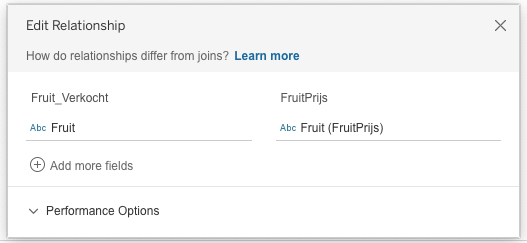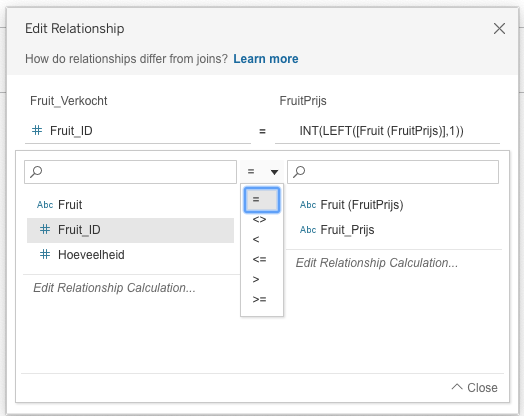Today I wanted to highlight another new feature in the latest Tableau Desktop release; the increase in flexibility for setting your relations. Click here if you’d like to have a closer look at all of the new features in Tableau.
Flexibility within the Relationship Model
As from 2020.2 the new relationship model came out. If you have worked with this already then one thing you may have noticed immediately is the lack of options when creating a relationship.
In 2020.2 when setting relations we were unable to change the operators, or use calculated fields to set our relation. Which means all we could do was set a relation when values within a field are the same.

But with the new features in Tableau 2020.3 we gain back all of the powerful options from before the relationship model, and Tableau is letting us set relations also to fields that are not the same, or need a little extra rework to be able to compare the rows).

Want to set a relation and compare this years results with last year or set the relation with one field to part of another field? You can create a calculated join.
Need to compare rows which are not similar? Set the operator to <> and you can start your analysis.
If you have not already I would suggest you upgrade today, or instal a secondary instance, and try out these great new features in Tableau. So you can familiarize yourself to work with them.
Want to learn more about Tableau or Alteryx? Do you want to use these tools to their full potential? Check out our trainings and consultancy services.
Follow me on Tableau Public or LinkedIn for further ideas, blogs and news from The Information Lab Netherlands.

